Canada’s next top doctor must be a ‘focal point’ for public health amid changes in the U.S., concerns about next pandemic
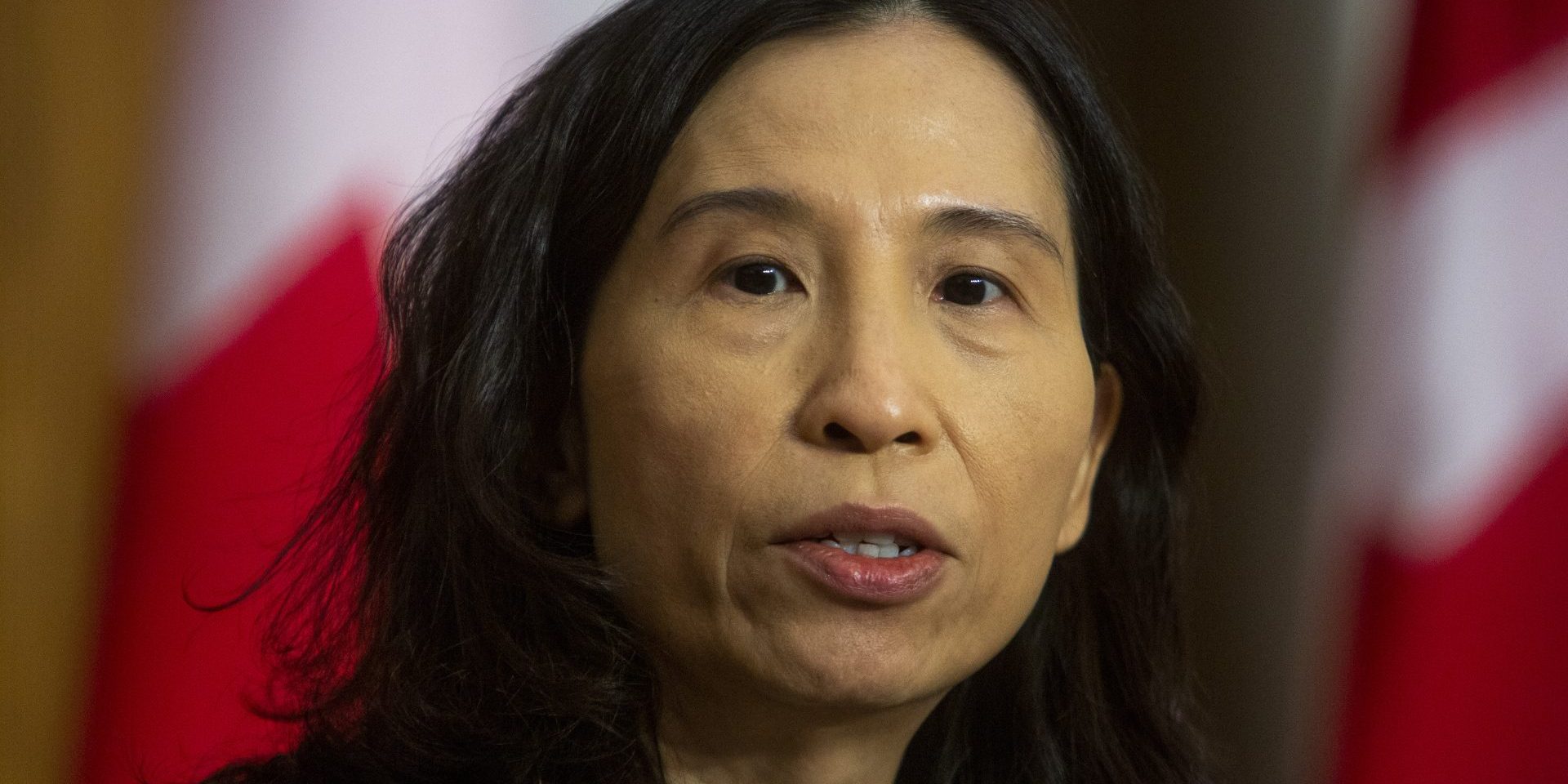
As the Public Health Agency of Canada prepares for a new chief public health officer, former and current medical professionals—including a current Liberal MP—say the new chief doctor should be a prominent public voice who can build trust with Canadians, and also ensure that Canada continues to invest in preparing for the next pandemic.
“I would support a very public role for the next chief public health officer, and I do think that there is a role for us as a government to support that,” said Liberal MP Brendan Hanley (Yukon), parliamentary secretary to Northern and Arctic Affairs Minister Rebecca Chartrand (Churchill—Keewatinook Aski, Man.), in an interview with The Hill Times on June 24.
“We would all gain from having an accessible voice that becomes the trusted voice of public health in Canada, especially, of course, as we see the dismantling of science and trusted public health figures next door to us in the U.S.,” added Hanley, who was the Yukon’s chief medical officer of health between 2008 and 2021 before he successfully ran for a House seat that same year.
Dr. Gregory Taylor, who was Canada’s chief public health officer (CPHO) between 2014 and 2016, said he has always believed that the CPHO should have a visible public presence. He said the role is even more important now considering the dramatic changes to public health leadership in the United States during Donald Trump’s presidency.
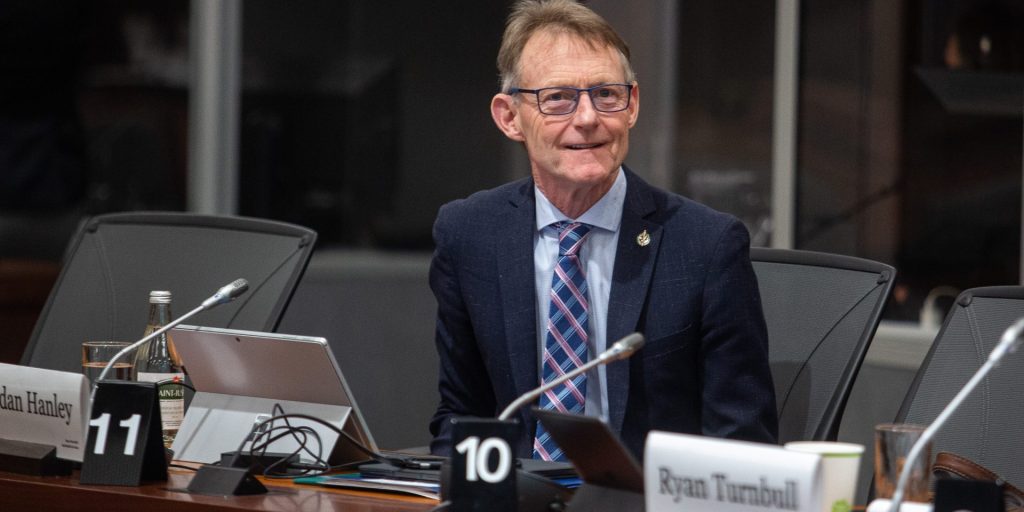
“Who do Canadians turn to for trusted advice? Who do they trust when it comes to all the mess that’s going on in social media, etc.? It seems to me we need to have a focal point for that,” Taylor said in an interview with The Hill Times on June 18.
Tam replaced Taylor in the role of chief doctor, for which Taylor said he’d advocated. He said Tam is “very hard-working,” and that “people loved to work with her.”
Dr. Alika Lafontaine, an anesthesiologist, said it’s important that the next CPHO pushes the federal government to invest in emergency planning to respond to the next global health event.
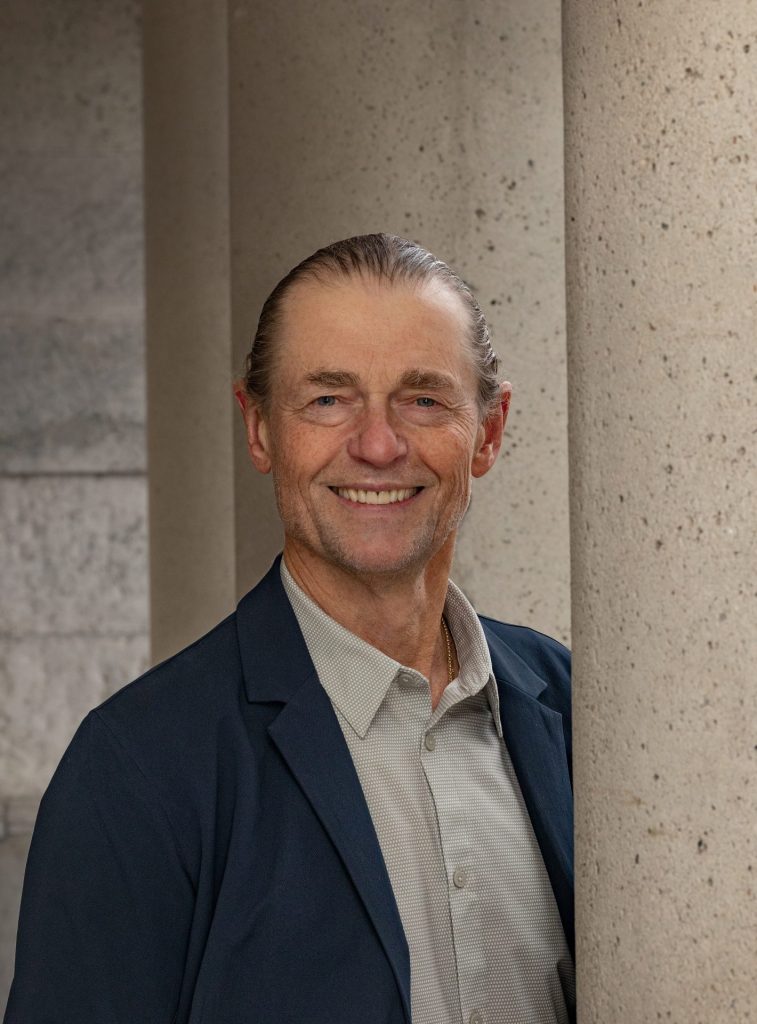
“I think there’s been a hyper focus in health generally that the focus should always include a lens on cost savings. When you’re preparing for things that could have catastrophic consequences—those chances are low but the impact is enormous—… you have to be able to argue [for] investment,” said Lafontaine, who was president of the Canadian Medical Association in 2022 and 2023, during an interview on June 20.
In an emailed statement to The Hill Times on June 26, Health Canada said that the federal government “has already taken a number of steps to be better prepared for a potential future pandemic.”
These include the Public Health Agency of Canada’s (PHAC) work to develop a new pandemic preparedness plan that’s expected to be completed in 2026, and the development of Health Emergency Readiness Canada, the agency first announced in September 2024, that will work to ensure that Canada has access to the right vaccines and therapeutics during the next global health event.
The CPHO job is now available after Tam left the role after seven years as PHAC’s top doctor and more than 25 years overall as a health professional with the Government of Canada. Her final day was June 20.
In addition to an incoming CPHO, PHAC now has a new president in Nancy Hamzawi, who has been a federal bureaucrat since at least 1997, according to her LinkedIn profile. Hamzawi has worked under the health portfolio for five years, including nearly two years as assistant deputy minister of COVID-19 testing, tracing and data strategy. She was most recently PHAC’s executive vice-president.
PHAC is seeking a new CPHO just as federal public health leadership in the United States is seeing a change in direction. The U.S. health department is now led by Robert F. Kennedy Jr., a known vaccine skeptic, and the administration is proposing to reduce funding for the Centers for Disease Control and Prevention (CDC)—the American version of PHAC—by nearly half of its budget or almost $3.6-billion.
In addition, USAID, the American aid agency that is traditionally responsible for global health programs, has also seen a dramatic reduction in funding.
“I think, from a continental perspective, it, again—like in many other areas—speaks to the importance of Canada stepping up its role both for Canadians, but also for the world,” said Hanley in reference to the changes in the U.S.
COVID-19 is where Tam’s leadership ‘really worked’
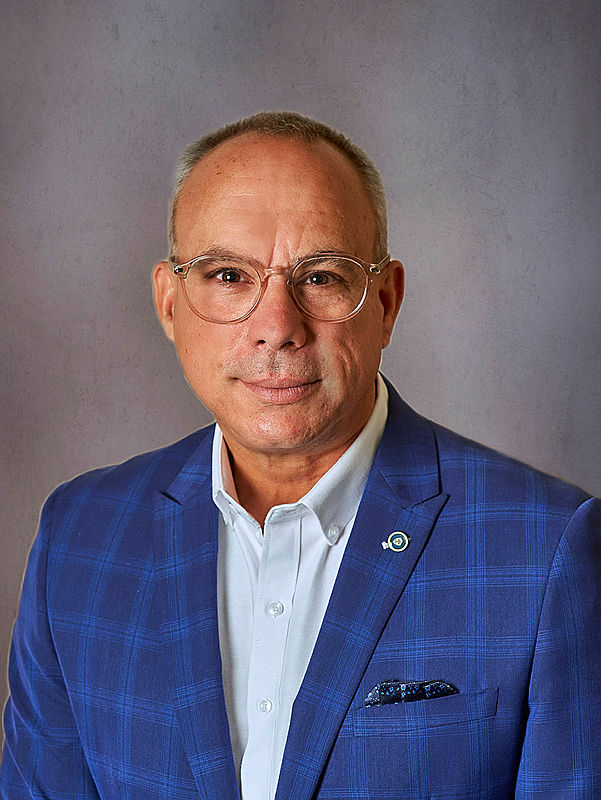
Compared to the CDC, which launched in 1946, PHAC is a relatively new institution that launched in 2004 following the 2003 SARS outbreak. The agency’s “primary goal is to strengthen Canada’s capacity to protect and improve the health of Canadians and to help reduce pressures on the health-care system,” states a government webpage about the agency.
Since PHAC’s launch and the creation of the CPHO role, there have been two global pandemics: H1N1 between June 2009 and August 2010, and COVID-19 between January 2020 and May 2023.
H1N1 “was not as terrifying as COVID because it was a known virus, and we were able to produce a vaccine very quickly,” said Ian Culbert, executive director of the Canadian Public Health Association.
But COVID-19 brought months of public health restrictions throughout the country. For example, during the first wave in 2020, the federal government limited the number of incoming flights into Canada, and instituted a 14-day quarantine for international travellers. Canadians were told by government officials to remain at home, leading to a new norm of hybrid work and schooling.
Dr. Robert Strang, Nova Scotia’s chief medical officer of health, recalled participating in meetings three times a week with Tam and his provincial and territorial counterparts. He said this was where Tam’s “leadership really worked.”

“Her leadership style is very collaborative, very engaging. She really works hard to kind of build consensus and get the right people that are necessary around the table for discussion,” Strang said in an interview with The Hill Times.
Hanley was also in those virtual meeting rooms as the Yukon’s medical health officer.
“It was obviously a lot for [Tam] to be able to co-ordinate,” Hanley said, noting that she was also having conversations with international public health agencies.
“I thought she was always calm, always maintained a level head, and was able to navigate some really difficult conversations,” Hanley said.
Tam, along with Dr. Howard Njoo, PHAC’s deputy CPHO, became a recognizable face during those initial months of the pandemic as federal cabinet ministers—including then-prime minister Justin Trudeau—participated in near-daily press conferences.
Using CPAC’s archives, The Hill Times found that Tam provided COVID-19 updates in 70 press conferences between March 16, 2020, and June 26, 2020. By that summer, those press conferences had tapered off, but picked up again in the summer of 2021 during the pandemic’s third wave.
In addition to sharing statistics about COVID-19 cases and deaths, Tam and Njoo often used their time to speak directly to communities who were experiencing additional hardship during the pandemic.
Focusing on how the pandemic was impacting specific groups—including different cultural communities and those of lower socioeconomic status—that were experiencing disproportionate impacts from the pandemic was a priority for Tam, said Strang. He added that Tam’s equity-based approach to public health throughout her career is a part of her larger legacy beyond the COVID-19 pandemic.
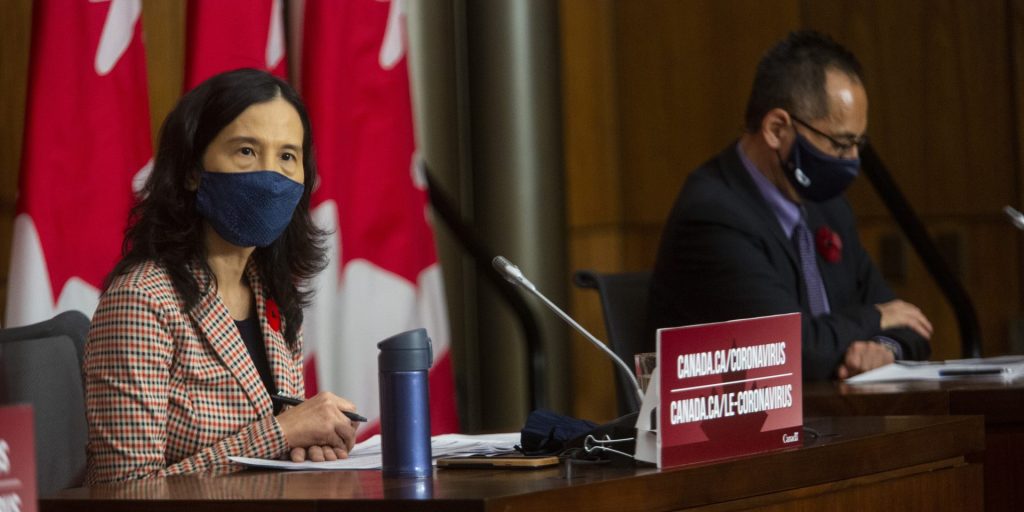
But PHAC’s efforts did not escape criticism. Auditor General Karen Hogan released a report on March 25, 2021, which found that the “agency was not as well prepared as it could have been” due to problems with health surveillance and an untested risk assessment tool that was not designed to consider pandemic risk, among other problems.
A separate auditor general’s report, released on May 26, 2021, about the work to procure personal protective equipment stated that prior to the pandemic, PHAC hadn’t been tracking the age or expiry dates of some of the items in its national emergency strategic stockpile, which holds items including personal protective equipment and pharmaceuticals. The report also said “budget constraints” delayed the implementation of a technological system to track stockpile items.
The criticism lobbed at PHAC during the pandemic fell on the agency as a whole, and not on Tam alone, said Culbert.
There are “a number of ongoing issues that the agency has faced from this boom-and-bust cycle of having to expand to respond to an emergency [and] then immediately contracting, and also not having clear emergency response plans,” he said.
In reflecting on the appropriateness of the pan-Canadian response, both Strang and Taylor noted the speed at which the science about the virus was changing.
“You make the best decision possible with the information that’s in front of you, and the hallmark of a good leader is being willing to then change as the evidence evolves. And we all did that,” said Strang.
Taylor said that whether Canada was too slow to respond to the severity of the pandemic is a question people will “turn … inside out for many, many years.”
“Did we respond too slow, or did we respond too fast? Did we respond enough, or did we over-respond?” he added. “The science was changing daily for quite some time.”
Although Tam was most visible to the public during the COVID-19 pandemic, Lafontaine said her legacy will likely be felt in the impact she had behind the scenes on policy discussions that Canadians will never know she was a part of.
Lafontaine became professionally acquainted with Tam through stakeholder discussions the government was having in 2022 and 2023 to improve the health human resources shortage in Canada.
Although health human resources may not be considered a traditional part of public health, Tam’s feedback was “sought after,” he said.
‘This is not a one-in-100-year event’
As Canada has settled into a post-pandemic normal, medical officers of health continue to keep their eye on what could be the next global outbreak.
Strang said these officials are watching out for the avian influenza, which he said continues to only be found in animals, and not humans.
“We have regular meetings with chief medical officers and the chief veterinary officers because this is … one that brings animal and human health very much together from a kind of a one-planet or one-health approach,” Strang said. “The risk remains low for Canadians at this point, but it certainly has the potential to evolve into a pandemic, so we need to continue to watch it carefully.”
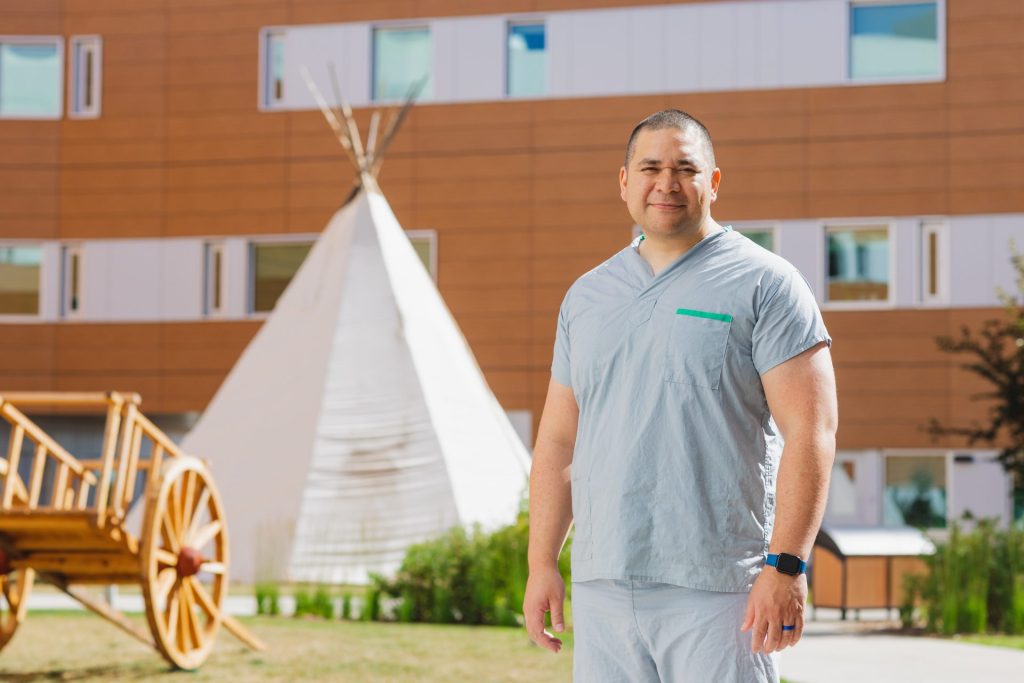
He said the discussions around responding to the “highly pathogenic” virus are occurring at the provincial and federal levels of government.
Being ready for the next major infectious disease event is going to require a CPHO who will push the federal government for investments in emergency planning when the emergency hasn’t yet appeared, according to Lafontaine.
“A lot of the things that were recommended coming out of SARS were things that weren’t inexpensive, like the storage of [personal protective equipment] and the turnover of that. … There was probably—in the view of people who are counting the money within the federal government—ongoing wastage, but the reason why that was there was … [for] pandemics, like [the one] we just went through,” Lafontaine said.
On the subject of the national emergency strategic stockpile, Health Canada told The Hill Times that it published its “Comprehensive Management Plan” in July 2024, which outlines goals and actions connected to the stockpile in order to to provide an effective response to future public health emergencies.
As to whether PHAC is ready for the next pandemic, Liberal MP Hanley declined to comment, saying it was “beyond my current expertise.”
“But [PHAC] does need to be well-resourced, especially in a time when the U.S. is retreating from some of those important activities that we have all depended on, including global risk surveillance, risk communication, and risk assessment,” he said.
“We live in an age where we have increasingly increasing interactions between viruses, animals and humans in an environment that is a degrading environment globally. …This is not a one-in-100-year event,” Hanley also said.
On a micro level, Culbert would like the next CPHO, with provincial and territorial partners, to continue the work of ensuring that Canadians trust vaccines in order to mitigate the negative impacts of current and potential disease outbreaks. There needs to be “much more aligned and much more consistent” and “much more vocal” messaging from all levels about the importance of vaccination and overall public health, he said.
It’s no longer enough to provide information and trust that people will make the right decisions, he said. “You have to bring all the social sciences together to understand kind of the nature of the problem, and use all of the tools at your disposal to be able to combat hesitancy concerns. … And so it’s not about doing a campaign during national immunization awareness week.”
tsanci@hilltimes.com
The Hill Times






 LICENSING
LICENSING PODCAST
PODCAST ALERTS
ALERTS













